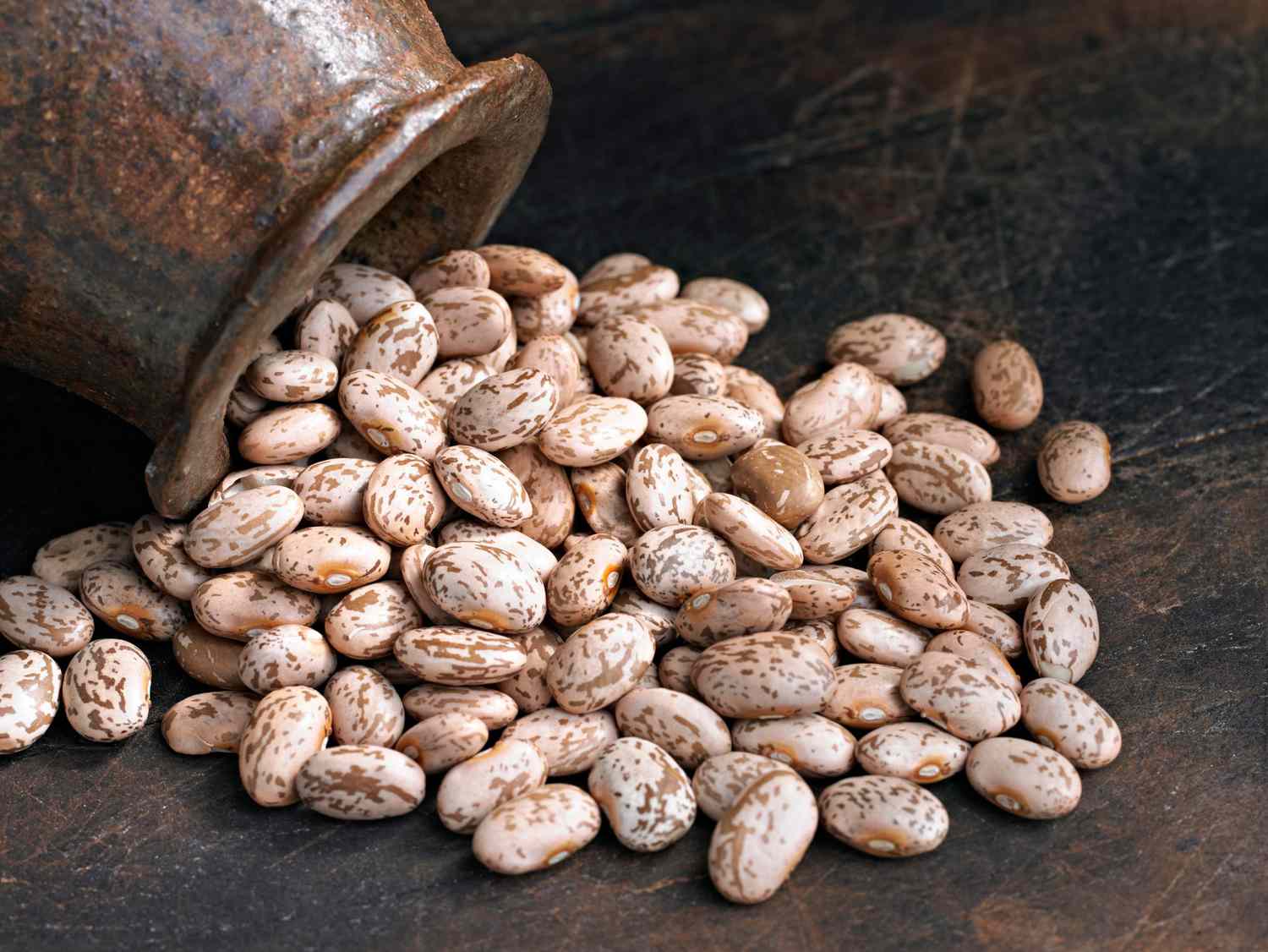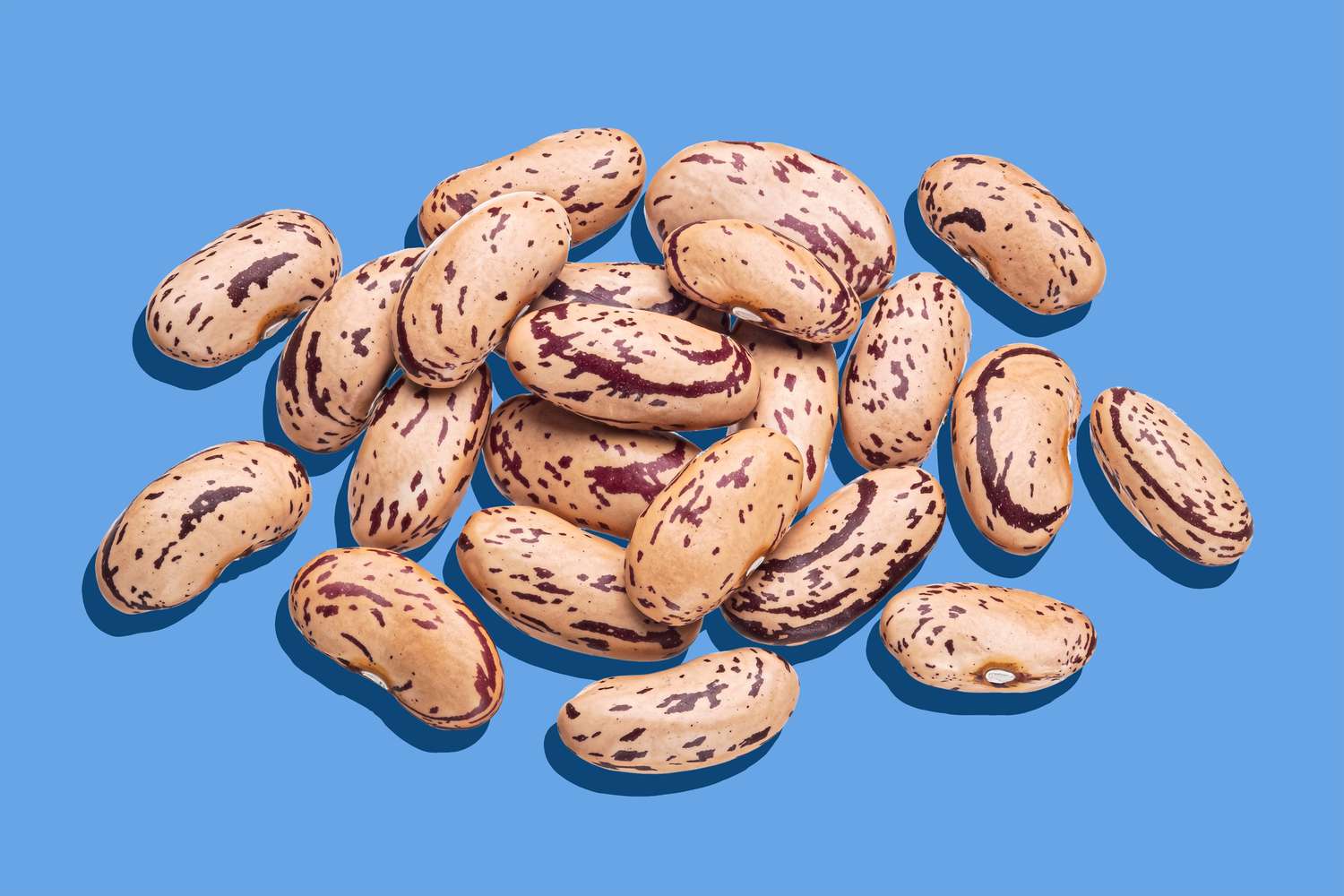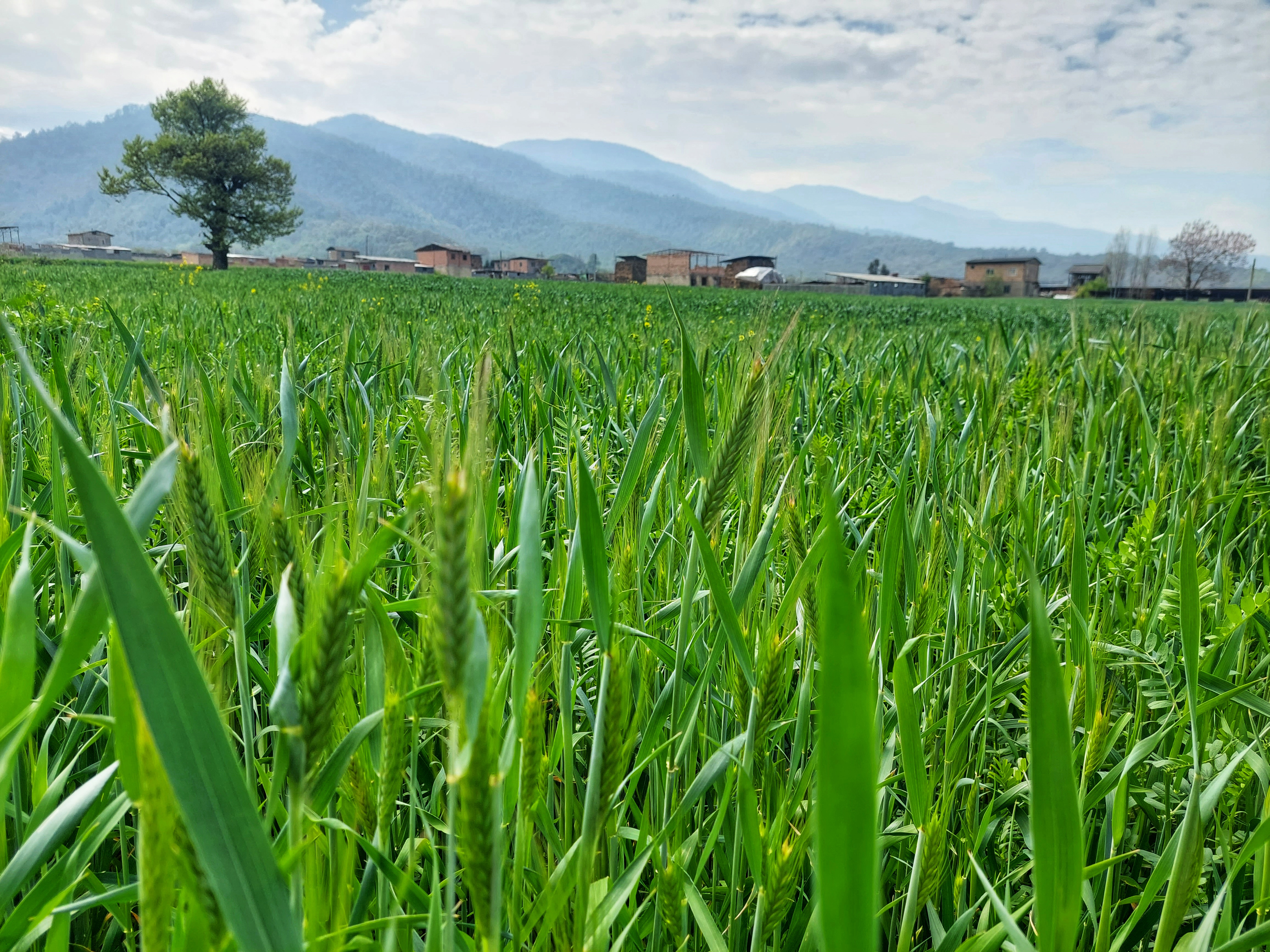Categories
The latest content
-

Customs Clearance & Import Regulations for Bulk Iranian Pinto Beans in EU, Middle East & Africa
..
-

Quality Control & Laboratory Testing Standards for Iranian Pinto Beans
..
-

Logistics & Shipping Solutions for Bulk Iranian Pinto Bean Exports
..
-

Minimum Order Quantity (MOQ) & Bulk Pricing for Iranian Pinto Bean Buyers
..

Tags
The Golden Fields of Golestan: A Vital Contributor to Iran's Rice Heritage

When one thinks of Iranian rice, the northern provinces bordering the Caspian Sea often come to mind. While Gilan and Mazandaran are undoubtedly significant players, Golestan Province holds a crucial, and often overlooked, role in the nation’s rice production. Nestled in the northeast of Iran, Golestan boasts a unique combination of climate, fertile soil, and dedicated farmers that contribute significantly to the diversity and volume of Iranian rice.
Golestan’s Unique Geography and Climate:
Golestan’s location offers a distinct advantage for rice cultivation. Bordered by the Alborz mountain range to the south and the vast plains stretching towards Central Asia to the north, the province enjoys a diverse microclimate. This variation allows for the cultivation of different rice varieties, each adapted to specific conditions. The Gorgan River, along with other smaller rivers and streams, provides essential irrigation for the paddy fields, ensuring a consistent water supply throughout the growing season.
A Significant Rice Producer:
While generally known for its diverse agriculture, Golestan ranks among the top rice-producing provinces in Iran. Its contribution, though sometimes smaller in overall volume compared to Gilan and Mazandaran, is essential for several reasons:
• Variety: Golestan cultivates a range of rice varieties, including both traditional and newer hybrids. This diversification is crucial for maintaining the genetic diversity of Iranian rice and meeting varying consumer preferences.
• Strategic Location: Golestan’s location provides a vital link in the rice supply chain, connecting the northern rice-growing regions to the rest of the country.
• Economic Importance: Rice cultivation is a major source of income and employment for many communities in Golestan, supporting rural livelihoods and contributing to the province’s economy.
Challenges and Opportunities:
Like other agricultural regions, Golestan faces challenges such as water scarcity, climate change, and the need for modern farming techniques. However, the province is also actively pursuing opportunities to improve its rice production:
• Sustainable Farming Practices: Promoting water-efficient irrigation methods, reducing reliance on chemical fertilizers, and encouraging organic farming practices.
• Investing in Research and Development: Developing new rice varieties that are more resilient to drought and disease.
• Supporting Local Farmers: Providing farmers with access to credit, training, and modern equipment.
• Promoting Golestan Rice: Highlighting the unique qualities of Golestan rice to consumers both within Iran and internationally.
• Golestan’s Rice Heritage:
• Beyond its economic significance, rice cultivation in Golestan is deeply intertwined with the province’s cultural heritage. Traditional farming practices, passed down through generations, reflect a deep connection to the land and a respect for the natural environment. Harvesting season is a time of celebration, with communities coming together to share in the bounty of the fields.
• The Future of Golestan Rice:
• As Iran looks towards a sustainable and food-secure future, Golestan Province will continue to play a vital role in the nation’s rice production. By embracing innovation, preserving its rich heritage, and addressing the challenges it faces, Golestan can ensure that its golden fields continue to contribute to the flavor and culture of Iran for generations to come.



